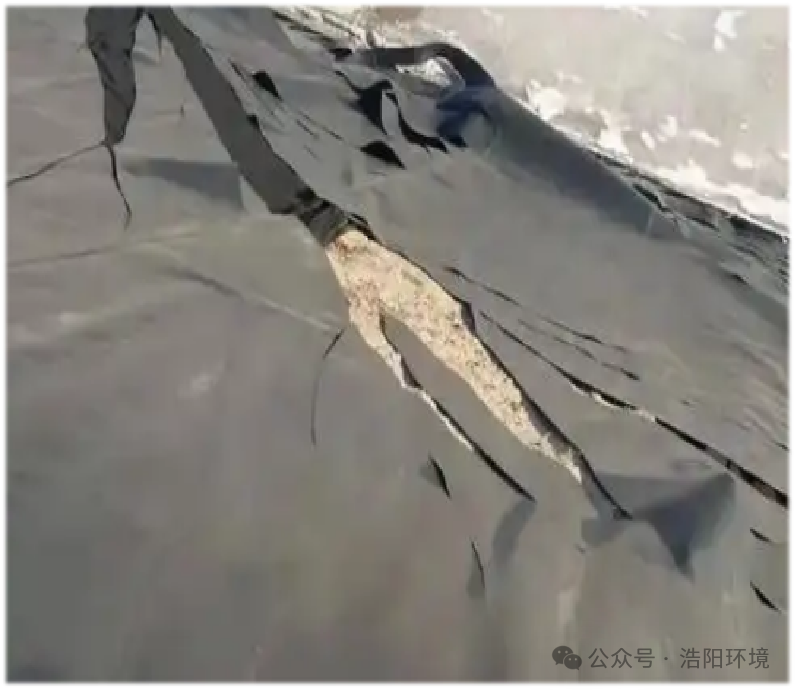"Hao" product - geomembrane specially designed for extremely cold regions
Special geomembrane for extremely cold regions
Disadvantages of conventional geomembrane applications
Low-temperature brittleness issues:
Conventional geomembranes become brittle and crack at temperatures below -20°C, resulting in impermeability failure. Freeze-thaw cycles cause material degradation, shortening service life by over 30%.
Poor environmental adaptability:
Sharp temperature fluctuations (-70°C to 20°C) cause the material to shrink/expand and deform, resulting in poor structural stability. Frequent permafrost activity can easily puncture or tear conventional geomembranes.
Characteristics of geomembranes specially used in extremely cold regions
Ultra-Long Crack Life
700+ hours NCTL (ASTM D5397 test), with an 80% increase in crack propagation resistance, eliminating the risk of brittle fracture caused by stress concentration in traditional HDPE membranes.
Suitable for All Environments
Combined UV resistance, acid and alkali resistance, and freeze-thaw resistance, it maintains flexibility even in extreme temperature swings (-30°C to 40°C), extending its service life to over 50 years.
Low-Temperature Flexibility
Highly flexible HDPE geomembrane maintains elasticity at -30°C, eliminating the cracks associated with low-temperature embrittlement of traditional HDPE geomembranes.
Weather Resistance
Improved UV and aging resistance makes it suitable for anti-seepage projects in cold and extreme temperature regions.







